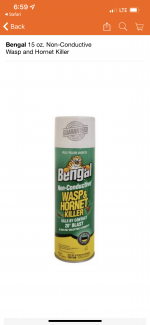oldnomad
Member
- Location
- Los Angeles, CA
- Occupation
- Engineer
During an inspection this morning the IOR requested an LB to be sealed with a sealant. He stated when a raceway enters a building from the exterior, the interior of the raceway is to be sealed. He referred to 225.27 It's my understanding that the LB has a gasket and is weather tight and this would meet the code. Has anyone come across this?



